Bekalta, Tunisia (September 14, 2014) – Fusarium oxysporum f. sp. radicis-lycopersici (FORL) has been introduced for the first time in geothermal greenhouses in southern Tunisia in 2001 and has spread to the Sahel of Tunisia in 2005. This pathogen leads to significant damage to the tomato crop in greenhouses and open fields. We tested the chemical control methods against this fungus and the effects of Sanbio EPSOMIT and Sanbio PLANTA on glasshouse tomatoes in the region of Bekalta.
This project is being carried out within the collaboration between Centre de Recherches Agricoles à Sidi Bouzid, Tunisia and SANBOS GmbH, Germany.
1. Experimental procedure
This test is installed in three greenhouses which are heavily infested by FORL whose characteristic symptoms of this pathogen (Figure 1) were noticed last year 2013.
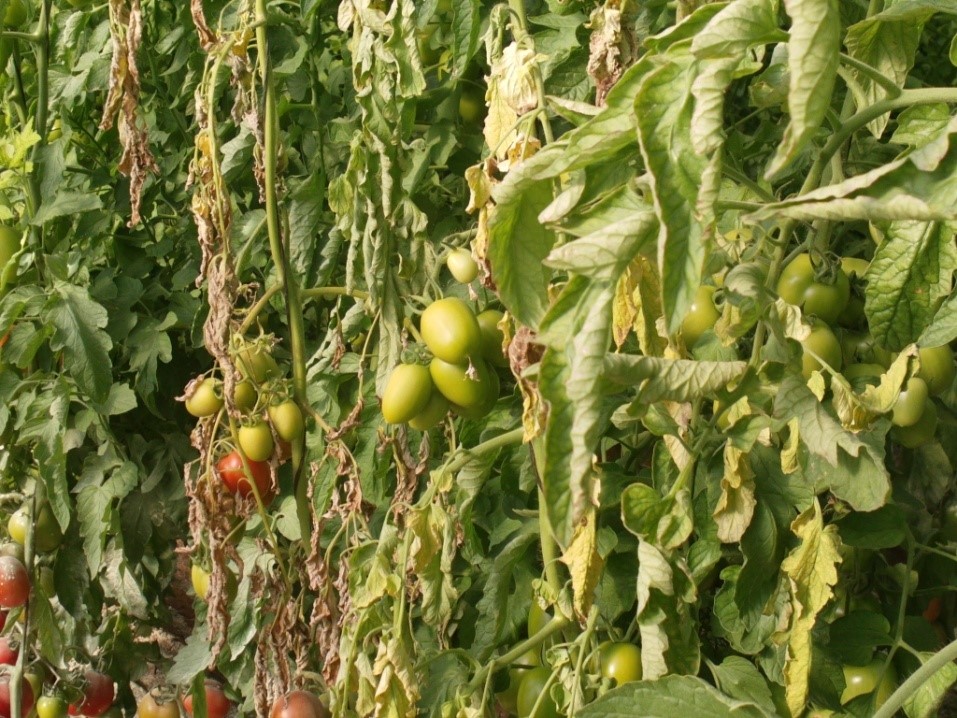
Figure 1. Characteristic symptoms of FORL (photo taken on 01/12/2014)
Table 1. Product and dosage information
| Greenhouse | Product name | Type | Dose | Composition | Producer |
| 1 | Sanbio EPSOMIT | Natural mineral ferti-activator | 1.0 kg/ha | Activated Magnesiumsulphate Heptahydrate | SANBOS GmbH, Germany |
| 2 | Sanbio PLANTA | Natural mineral-organic ferti-activator | 1.5 kg/ha | Activated blend of: Magnesiumsulphate Heptahydrate, Algae extract, beneficial microorganisms (Bacillus and Mycorrhiza) | SANBOS GmbH, Germany |
| 3 | Control | Untreated | – | – | – |
The three greenhouses were planted by tomato variety ´Sahel´ distributed by 8 lines at a rate of 146 plants per line.
The two experimental products were applied at transplanting (3-4 leaf stage) in the irrigation network.
In this study, we made an almost daily monitoring of wilted plants and every time we noted the presence of a contaminated plant, it is noted and automatically torn and burned to prevent contamination of other plants.
2. Results
2.1 Effects of both products on the incidence of FORL
The results obtained at the end of culture (05.28.2015) show that in the greenhouse treated with Sanbio EPSOMIT, the number of wilted plants was only 12 or a percentage of 1%. It is the same in the greenhouse treated Sanbio PLANTA whose percentage of wilted plants was only 1.2%. However, in untreated emissions this value is 8.5% corresponding to a 102 number of wilted plants. Figure 2 shows that in the treated ESPOMIT greenhouse, the plants are healthy and show that wilted plants were late appeared and after two crops.

Figure 2. General appearance of the greenhouse treated Sanbio EPSOMIT amount of healthy plants at high vegetative growth and having a dark green color (photo taken on 05.18.2015)
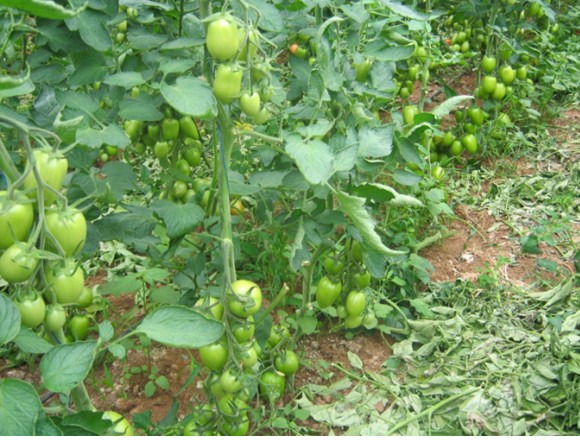
Figure 3. General aspect of untreated greenhouse riding a late precocity explained reduced vegetative growth (photo taken on 05.06.2015)
However, in the untreated greenhouse, we had not only wilted plants but also a more or less reduced vegetative growth (Figure 3).
These results show that in addition to its beneficial effect on reducing the incidence of Fusarium root and crown rot in tomato, both products have led to a substantial vegetative growth and therefore a high production performance and plant fruit quality (and more or less uniform in size).
2.2 Effect of different treatments on fruit quality (caliber and sugar level)
The study of the effect of both products on the average fruit showed that treatment with Sanbio EPSOMIT spawned the largest caliber exceeding 170gr / fruit (Figure 5). The analysis of the same figure also shows that the application of Sanbio PLANTA at transplanting seedlings resulted fruit whose size is larger or smaller (more than 150gr / fruit) compared to the control which did not caliber exceeded 140 g / fruit (Figure 5).
Table 1. Number of healthy and withered plants in the greenhouses
| Greenhouse no. | Code | Total no. of plants | No. of healthy plants | No. Of withered plants | Percentage of withered plants % |
| 1 | EP | 1200 | 1188 | 12 | 1.0 |
| 2 | PL | 1200 | 1186 | 14 | 1.2 |
| 3 | CO | 1200 | 1098 | 102 | 8.5 |
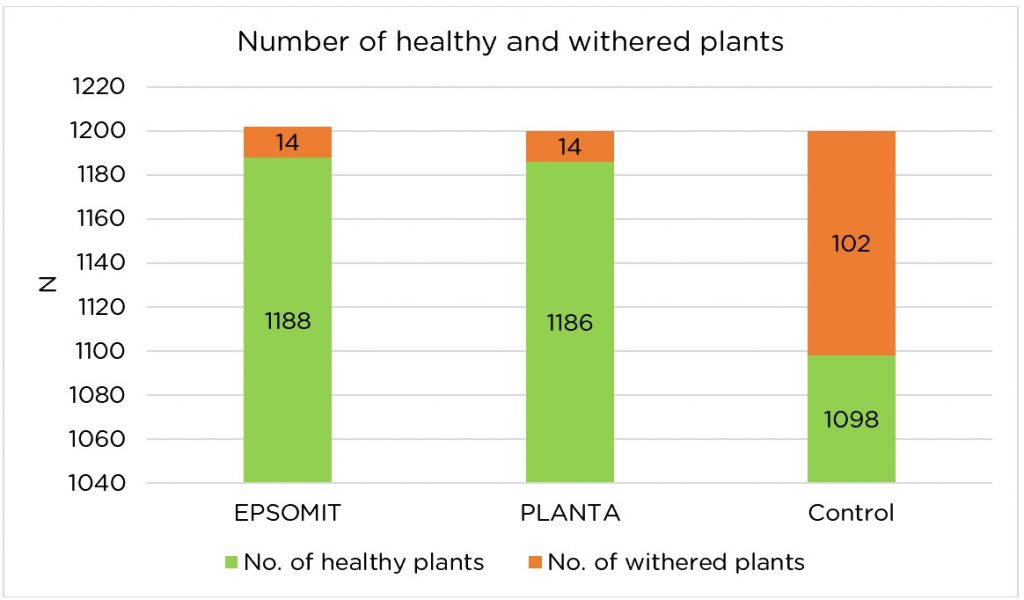
Figure 4. Effect of different treatments on the number of withered plants
Table 2. Number of healthy and withered plants in the greenhouses
| Greenhouse no. | Code | Fruit weight (g) | Deviation of fruit weight compared to Control (%) | Sugar content of fruits (°Brix) | Deviation of sugar content compared to Control (%) |
| 1 | EP | 170 | +21.42 | 1.60 | +23.07 |
| 2 | PL | 150 | +7.14 | 1.33 | +2.31 |
| 3 | CO | 140 | – | 1.30 | – |
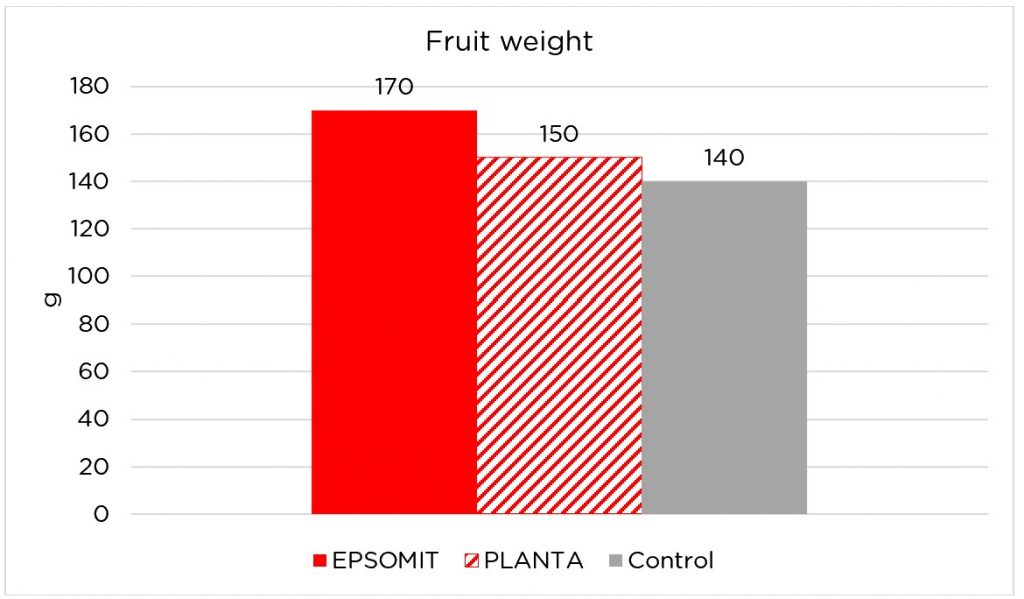
Figure 5. Effect of different treatments on the caliber of tomato fruits
Tomatoes variety ´Sahel´ are planted in greenhouses in the Bekalta region. Analysis of sugar for different treatments also showed that the fruit produced in the greenhouse treated by Sanbio EPSOMIT are sweeter (over 1.6 ° Brix) followed by Sanbio PLANTA (1.33 ° Brix) and finally the witness whose values have not exceeded 1.3 ° Brix (Figure 6).
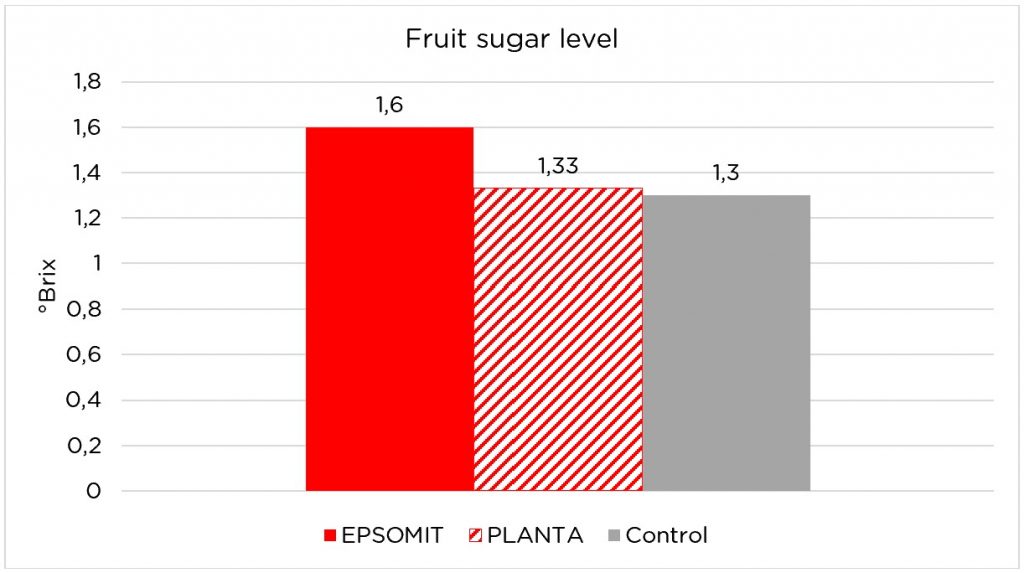
Figure 5. Effect of different treatments on the level of sugar in the tomato fruits variety ´Sahel´ planted in greenhouses in the Bekalta region.
3. Conclusion
To summarize, the both products Sanbio EPSOMIT and Sanbio PLANTA have positive effects on performance in tomato production.
The positive effects at glance:
- Introduces resistance against FORL disease
- Stronger vegetative growth
- Significantly higher yield (+7…21%)
- Larger caliber and higher weight of fruits
- Higher sugar content (+2…23%).